BASEMENT UNDERPINNING - BASEMENT LOWERING
WHY CHOOSE BASEMENT UNDERPINNING?
Increased living space: The basement can be converted into a living area, an additional bedroom, an office, or a recreational room. Increased property value: A finished basement significantly increases the value of your property. Energy savings: A well-insulated basement can contribute to better thermal regulation of the house. Elimination of moisture and mold: A damp crawl space can be a source of allergens and structural damage. Excavating and renovating the basement help to sanitize this area. Underpinning is a construction method that allows for strengthening or creating new foundations below existing ones. It is the ideal technique when converting a crawl space into a habitable basement or simply expanding an existing basement.
KEY CONSIDERATIONS for underpinning
Local regulations: It is important to ensure that the project complies with all current standards and regulations. Professional expertise: The importance of hiring qualified professionals for excavation and underpinning work cannot be overstated. Budget: A detailed and realistic budget must be established to cover all phases of the project, from planning to completion.
Basement underpinning begins with studying the house plans and evaluating the existing foundations. This is followed by the crucial excavation stage, where a temporary support system is often put in place to ensure the structural integrity of the building during the work.
Techniques such as the insertion of steel beams, concrete pouring, or the addition of cast-in-place walls are employed to reinforce the new foundations. Throughout this process, careful attention is given to cost control without compromising the quality and safety of the work.
Our underpinning process
After reviewing the plans prepared by a structural engineer and receiving the required quote for basement excavation, there are two methods available for digging your basement.

Site Inspection and Design
The first and most crucial step involves a detailed inspection of the building and the surrounding area. Our team of experts will assess the structural integrity, identify the causes of foundation issues, and determine the most suitable underpinning method for your specific needs.
Based on the site assessment, we will design a comprehensive underpinning plan. This includes detailed drawings and calculations to ensure the underpinning process will effectively stabilize and support the existing structure.

Excavation and Pouring Concrete
We start the physical process with careful excavation beneath the existing foundation. This is done in controlled stages to avoid any undue stress on the structure. We create small pits (also known as underpinning pits or pockets) in strategic locations to provide access to the base of the foundation.
Once the pits have been excavated to the appropriate depth, we begin pouring concrete into them to create new footings. These footings serve as the foundation for the new supports and will be connected to the existing foundation to transfer loads effectively.
To enhance the stability and strength of the new footings, we install steel reinforcement bars within the concrete. This reinforcement is crucial for ensuring the long-term durability of the underpinning structure.

Linking Foundations and Waterproofing
The new underpinned sections are then solidly linked to the existing foundation. This ensures a seamless transfer of loads and contributes to the cohesive stability of the entire structure.
Once the foundation is stable and secure, we install membrane to the interior of the new foundation walls. This application protects against moisture ingress and prevents water-related damage to your foundation over time. To further enhance waterproofing, we install an interior drainage system. This includes installing drainage channels along the perimeter of the basement floor, which carry water away from the foundation following by connecting these channels to a sump pit, where a sump pump will be installed to actively remove any collected water, keeping your basement dry and free from water build-up.

Backfilling and Installing Concrete Slab
Once the underpinning segments and slab installation are complete and have gained sufficient strength, we proceed with backfilling the basement with gravel.
Following the waterproofing, we pour a new concrete slab. The new slab is reinforced and designed to work seamlessly with the newly underpinned foundation, providing a solid base for your building’s structure.
GET YOUR ESTIMATE IN UNDER 72 HOURS
Trust our certified employees and enjoy peace of mind with detailed quotes and transparent invoices.
Transparency is a priority for us to ensure an honest and satisfying customer experience.

